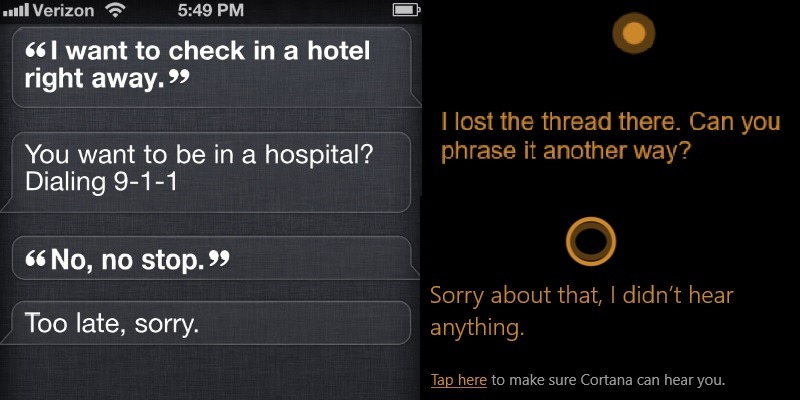
How many times has Siri or Cortana misunderstood you? With Alexa, I just happened to spill my coffee and she said, “Congratulations” to my “What the heck?” As you can imagine, I had to send her back to the attic once again.
Still, I cannot blame a device for practicing routine and failing to understand context. The current design where humans have to train their virtual assistants is counter-intuitive, which might explain the low consumer enthusiasm for smart speakers.
Is There a Better Way?
Of course there is room for improvement, but what can you really do when the AI assistant fails to grasp subtle nuances? Some would argue that it was never meant to understand them in the first place.
After all, actual communication is the domain of human beings. But then you have to deal with their mood swings, which is why some believe that a smarter AI assistant would make a better companion.
How can technology companies design such smarter beings? Well, for a start, they must think beyond chatbots which are the current paradigm. Instead, our next-generation AI companions should have the following qualities.
1.Understand Urgency
A major limitation with our AI companions is that they do not quite follow it if we do/don’t want something. To overcome this, it is possible to program the bots with some kind of a Likert scale to convey urgency.
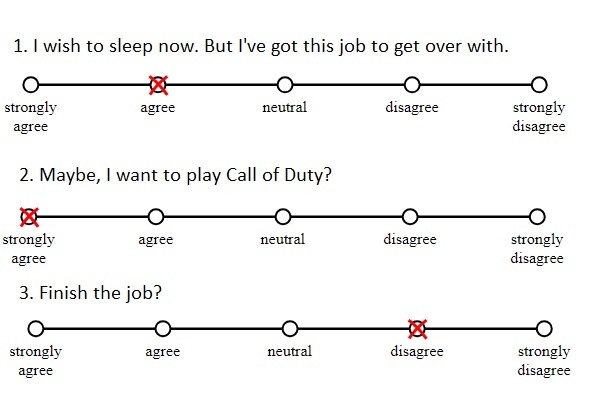
There can be various parameters such as tone, tempo and loudness for the assistant to pick up if you really want something. If the quality of response is less than satisfactory, the assistant can choose not to react.
2. Detect Emotions
“It was the best performance I ever saw.”
“I’m so happy for you!”
To those who say that emotions can’t be faked, check out any reality television show, and it will leave no doubt as to where AI engineers are getting their ideas!
In fact, several companies including Affectiva, Sensum and BeyondVerbal, are experimenting with software to decode human emotions.
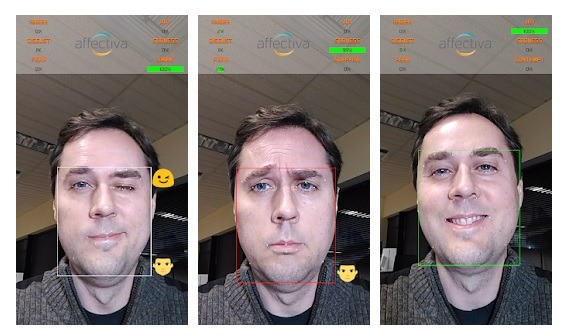
Affectiva even has an app which helps respond to user facial expressions using a phone camera.
Currently, their website says that they have done deep analysis of over 7 million human faces. That, too, in different lighting conditions. Whether it is anger, pain, disgust or joy, we are awfully close to measuring them now.
3. Learn Advanced Emojis
One would have never thought that the humble emojis could have so many applications in the IoT age. Currently, there are over 3000 unique icons which are only set to grow further.
A recent survey came where it was found that millennials use emojis in 50 percent of all text communication. Where is the harm then if Siri or Cortana talk in the same language?
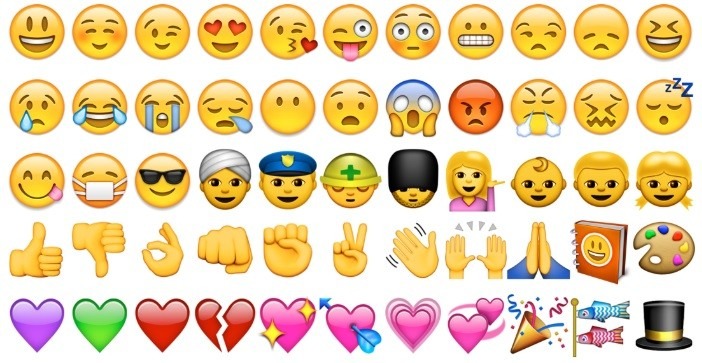
While it can shock us, emojis are a brilliant way to make AI intelligence take the next leap ahead. For Apple, built-in facial recognition technology is already common from iPhone X onwards.
There is an application called Animoji which might integrate with Siri in the future. All you have to do is look into the iPhone’s frame and it will prepare a grimacing version of you.

If Siri can understand your facial emotions, it won’t take long for her to predict what you really want. This is the true definition of a smart assistant because now it will have a real sense of what your mood is like.

4. Explore Human Interaction Heuristics
Computers as Social Actors (CASA) is a paradigm in which humans translate to computers the same social interaction heuristics which are seen in real life.
Whether it is educated guess, guesstimates, profiling or applying common sense, it is possible to train the AI engine. The model is great in theory, but there is a slippery slope.
For example, it is common that the machines often display gender stereotyping using heuristics. Still, once virtual assistants understand the CASA technique, they will have extensive knowledge of human logical behavior.
The virtual assistant can indeed learn to display sarcasm, love or emotions like fear or even anger. As TARS of Interstellar fame is prone to.
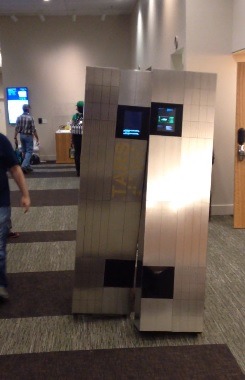
Final Thoughts
With a smarter virtual assistant, it won’t take very long for us to have our own dependable virtual companions. While it is fair to worry about an impending robot apocalypse, one can take comfort in the fact that these AI assistants have no concept of self-preservation.
Also, they do not identify with the device where they are placed but run as an automatic command.
The excitement of having a smarter Siri or Cortana (or others like them) looks like a reality in the making.
Get the best of IoT Tech Trends delivered right to your inbox!







